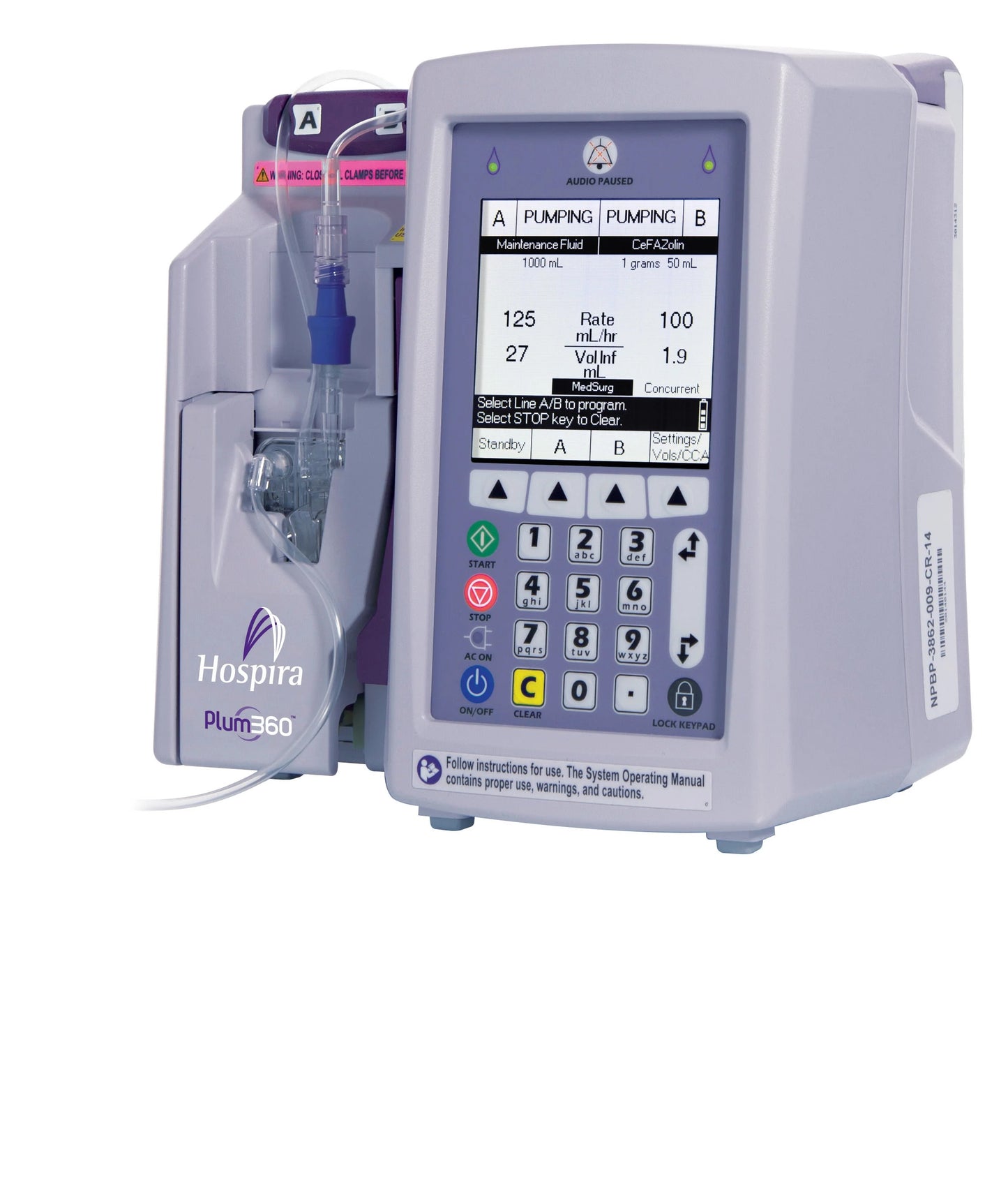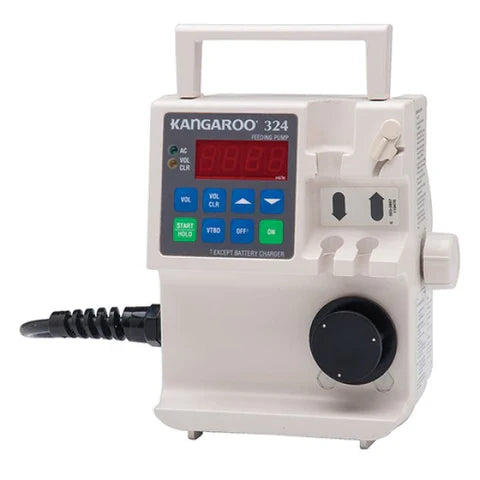
Medical infusion pumps are invaluable devices used across healthcare settings to administer fluids, medication, and nutrients to patients accurately and safely. These sophisticated machines are designed to deliver precise amounts of substances over specific periods, enhancing patient care and treatment outcomes. However, like any medical equipment, infusion pumps can encounter various issues that may compromise their functionality and potentially impact patient care. Understanding these potential issues and knowing how to troubleshoot them is essential for healthcare professionals to ensure the effective and safe delivery of treatments.
Common Issues and Troubleshooting Advice:
1. Occlusion Alarms:
- Issue: Occlusion alarms occur when there is a blockage in the infusion line, preventing the flow of fluids.
- Troubleshooting: Check the infusion site for kinks, clamps, or obstructions. Ensure the IV catheter is properly inserted and not dislodged. Verify that the infusion pump's tubing is correctly connected and not twisted. Adjust the infusion rate if necessary to alleviate pressure.
2. Air Bubble in the Line:
- Issue: Air bubbles can disrupt the accuracy of the infusion and pose a risk of air embolism if large enough.
- Troubleshooting: Prime the tubing to remove air bubbles before starting the infusion. If air is noticed during the infusion, clamp the tubing above the air bubble, remove it by tapping the tubing, and then resume the infusion.
3. Battery Failure:
- Issue: Infusion pumps rely on battery power for operation, and battery failure can interrupt treatments.
- Troubleshooting: Ensure the battery is adequately charged before starting the infusion. Have a backup battery available in case of unexpected power loss. If the pump is not functioning due to battery issues, connect it to a power source or replace the battery promptly.
4. Programming Errors:
- Issue: Incorrect programming of the infusion pump can lead to under- or overdosing of medications or fluids.
- Troubleshooting: Double-check the programmed infusion parameters, including the drug concentration, infusion rate, and total volume to be delivered. Utilize built-in safety features such as dose error reduction systems (DERS) to help prevent programming errors.
5. Mechanical Malfunctions:
- Issue: Infusion pumps may experience mechanical failures, such as malfunctioning motors or faulty components.
- Troubleshooting: Inspect the pump for visible damage or signs of wear. If a mechanical malfunction is suspected, discontinue use of the pump immediately and replace it with a functioning unit. Report the issue to biomedical engineering or equipment maintenance for further assessment and repair.
6. Alarm Fatigue:
- Issue: Frequent alarms from the infusion pump can desensitize healthcare providers, leading to delayed responses or overlooking critical alarms.
- Troubleshooting: Prioritize alarms based on their urgency and relevance to patient safety. Educate healthcare staff on the significance of each alarm and establish protocols for responding promptly. Regularly review alarm logs to identify trends and address recurring issues.
7. Incompatibility with Medications:
- Issue: Some medications or fluids may not be compatible with certain infusion pump models, leading to flow irregularities or chemical reactions.
- Troubleshooting: Verify medication compatibility with the infusion pump manufacturer's guidelines and consult pharmacy resources if needed. Use dedicated infusion sets or filters to prevent drug incompatibilities or particulate matter from entering the patient's bloodstream.
Medical infusion pumps play a crucial role in delivering accurate and controlled treatments to patients in various healthcare settings. While these devices offer numerous benefits, they are not immune to technical challenges and operational issues. Healthcare professionals must be vigilant in monitoring infusion pump performance and promptly addressing any issues that arise to ensure patient safety and treatment efficacy. By understanding common issues and following established troubleshooting protocols, healthcare providers can mitigate risks and optimize the use of infusion pumps in clinical practice.




